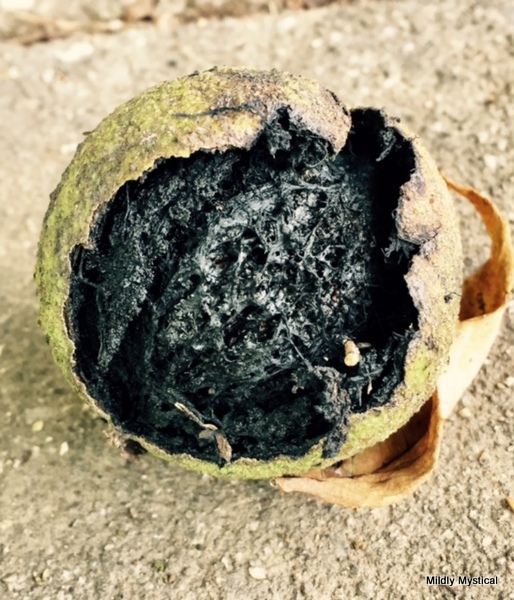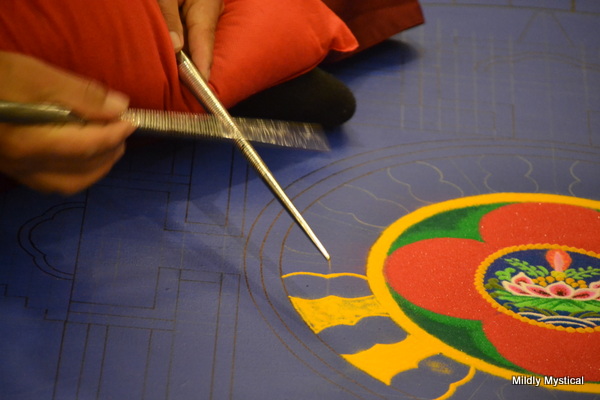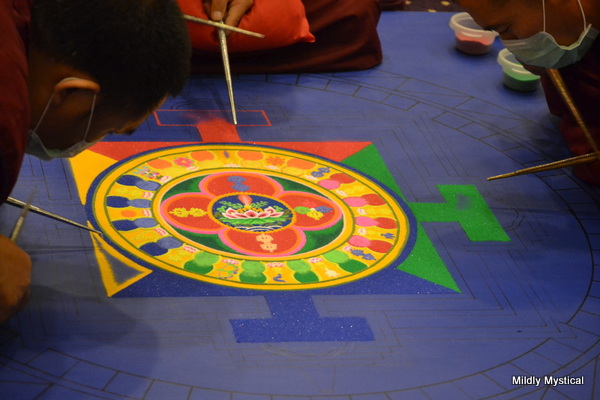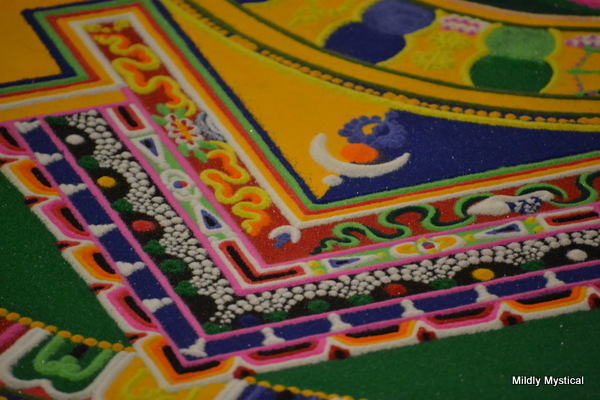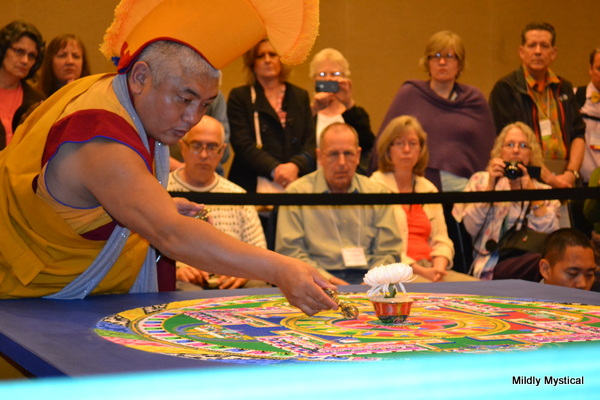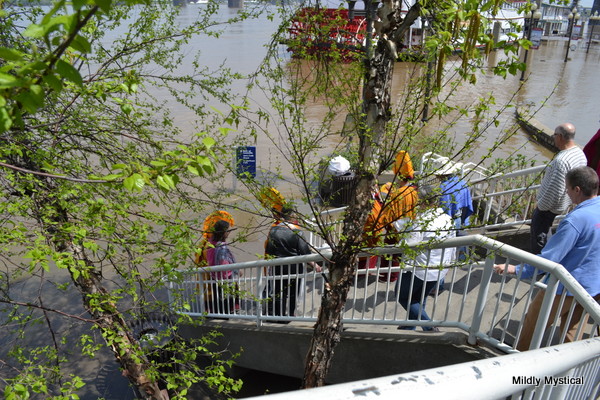While marches were recently going on across the country, I was completing my training as a spiritual director at The Haden Institute. In connection with those marching, essentially, to affirm the value of human dignity and respect, we held a liturgy around a labyrinth.
One at a time, each person taking part in the ritual stood at the entrance of the labyrinth holding a lighted candle. After silently declaring our intention in making this symbolic journey, each passed the flame to the next person and proceeded to walk the labyrinth.
Many of us shared in this ritual of walking the labyrinth, which meant that some were on the way in toward the center as others made their return. We sometimes met another person on the narrow path and needed to yield so that both could continue on the journey.
It was a contemplative version of a march, appropriate for a group committed to doing our inner work and discerning how and where the Spirit is leading. In our training we have faced our own self-delusion, unhealthy patterns, and the hollowness of the ego’s demands. We have also experienced the wisdom and light available when we can get out of our own way and find the true center—the spark of the divine within.
People across the country are considering how best to live up to our civic and moral responsibilities. To choose where to invest ourselves, each of us needs to know more about our values than what we’re against. Outrage and fear are powerful motivators, but not a strong basis for setting a wholesome vision. To build a better society, it’s important to go beneath our immediate emotional responses and act from a grounded center. We gather strength when we know what we’re working for. Then we can be clear about our vision, goals, and values and share them with others. We can help foster the vital, healthy communities that sustain our lives and work.
Walking the labyrinth is a beautiful meditation on the three-part journey. We go within to become centered and grounded. The circuitous route to the midpoint is full of the bewildering turns that life can take. Its confusing path shows us the need to connect to divine guidance. The still point in the center is a place of restoration and wisdom. In this place we find rest, and are given what we need. Finally, we take that inner peace with us as we navigate the complexity of our path back into the world. We repeat this journey again and again throughout our lives.
A balance of contemplation and action changes the world. Gandhi, Martin Luther King, Mother Teresa, and countless others have been able to generate change through action rooted in their connection to the Divine Center. The vision and work that emanates from this center is what will truly carry us forward.
My work is to help people connect with that same center of wisdom, strength, and peace. I’m grateful for the training that has prepared me to offer spiritual direction. Spiritual companionship is a natural a balm for our fragmented society. Now more than ever we all, regardless of our politics, need the ability to act from our highest and most essential self. We need the ability to make soul-level connections with others to create life-affirming communities. Spiritual direction is a healing force for just such a time as this.
My office is open and I would love to meet with you. Email me at: susan@mildlymystical.com




